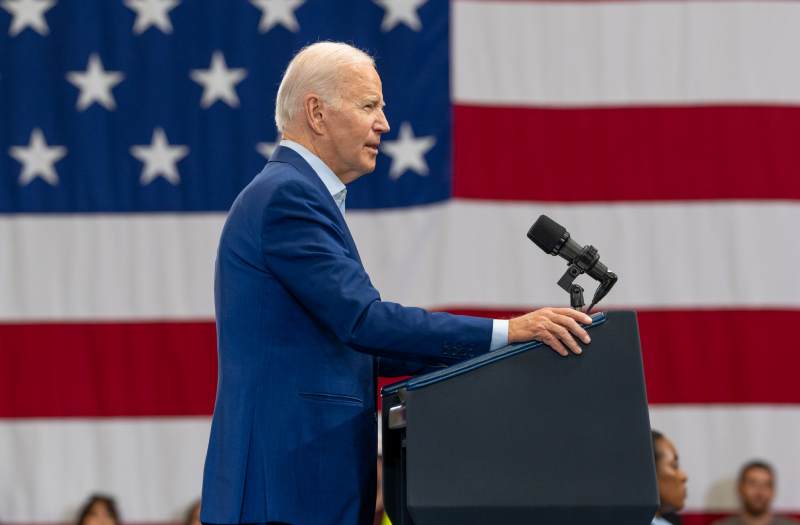
For years, the exorbitant cost of insulin has been a pressing issue in the United States. President Joe Biden recently remarked, “Insulin costs 10 bucks to make. But companies have charged 30 times that amount for too long. Now seniors on Medicare are paying 35 bucks a month. And I won’t stop until that applies to every American.” These words reflect a growing concern about the accessibility and affordability of a medication that millions of Americans rely on to manage their diabetes. In this article, we will delve into the reasons behind the soaring insulin prices, their impact on individuals and the healthcare system, and the potential solutions to this pressing problem.
The Soaring Cost of Insulin
Insulin, a life-saving hormone for people with diabetes, has seen its price steadily rise over the years. While President Biden’s statement that it costs only $10 to produce a vial of insulin might be an oversimplification, it does emphasize the significant gap between manufacturing costs and what patients are charged. Here are some key factors contributing to the high cost of insulin:
- Patent System and Lack of Generic Competition: The three major insulin manufacturers, Eli Lilly, Novo Nordisk, and Sanofi, have held patents on their insulin products, limiting competition. This lack of generic alternatives allows them to maintain high prices.
- Complex Supply Chain: The insulin supply chain involves several intermediaries, such as wholesalers and pharmacy benefit managers, each taking a cut of the price. This convoluted distribution system drives up costs.
- R&D Expenses: Pharmaceutical companies argue that the high prices are necessary to cover the costs of research and development. However, it’s crucial to scrutinize whether these expenses justify the price hikes.
The Human Toll
The skyrocketing cost of insulin has profound consequences for individuals and the healthcare system as a whole:
- Financial Strain on Patients: Many individuals with diabetes face the impossible choice between purchasing insulin and meeting other essential needs. Some even resort to rationing their insulin, a dangerous practice that can lead to severe health complications.
- Healthcare System Burden: When patients cannot afford insulin, they are more likely to experience complications like hospitalizations for diabetic ketoacidosis. These costly medical interventions place a burden on the healthcare system.
- Inequities in Access: Marginalized communities, including people of color and those with low incomes, are disproportionately affected by the high cost of insulin. This exacerbates healthcare disparities and inequities in access to essential medications.
Potential Solutions
To address the insulin affordability crisis, several potential solutions have been proposed and are being explored:
- Price Regulation: Implementing price controls or negotiations between the government and pharmaceutical companies could cap the cost of insulin and make it more affordable for patients.
- Generic Insulin: Encouraging the development and approval of generic insulin products would introduce competition into the market, potentially driving down prices.
- Transparency in Pricing: Requiring pharmaceutical companies to disclose the factors contributing to insulin pricing, including R&D expenses, could shed light on the true cost of production and distribution.
Conclusion
The high cost of insulin is a deeply concerning issue that affects the health and well-being of millions of Americans. President Biden’s commitment to addressing this problem is a step in the right direction, but there is much work to be done. It is essential for policymakers, healthcare professionals, and the pharmaceutical industry to collaborate on finding sustainable solutions to make insulin more accessible and affordable for all. By regulating prices, fostering competition, and increasing transparency, we can ensure that no one has to choose between their health and their financial stability.
The time has come to turn the tide on insulin pricing, ensuring that this life-saving medication is within reach for every American who depends on it.
